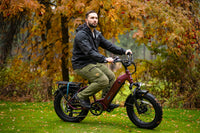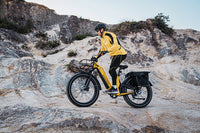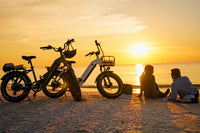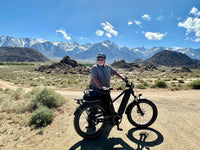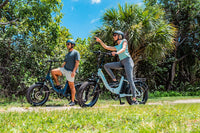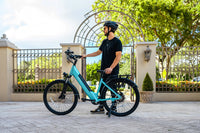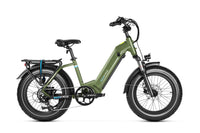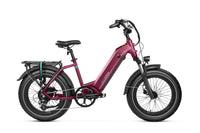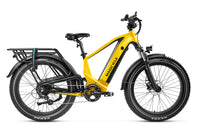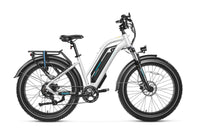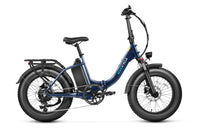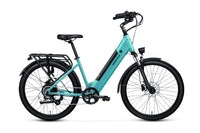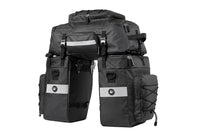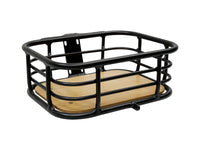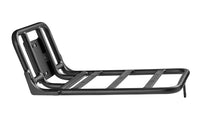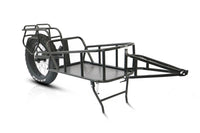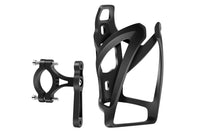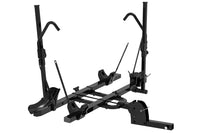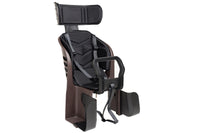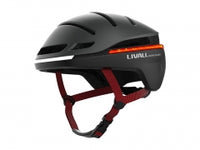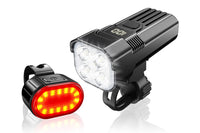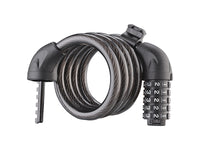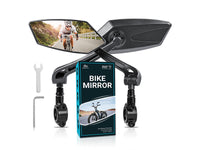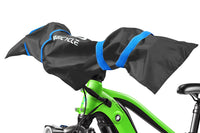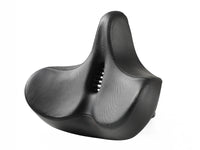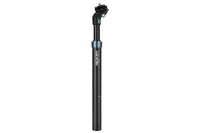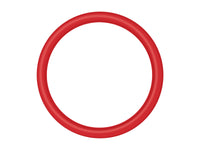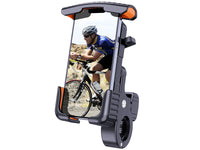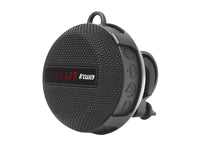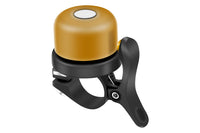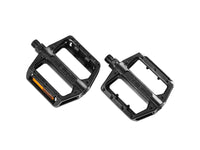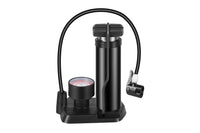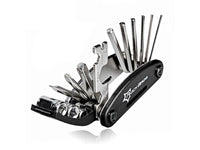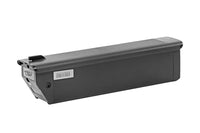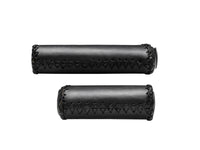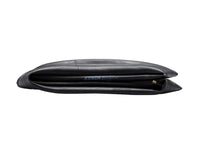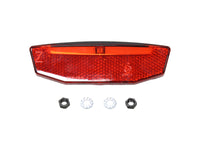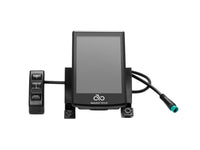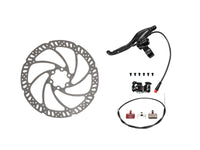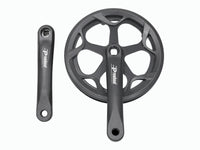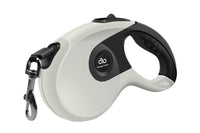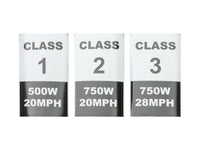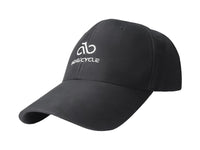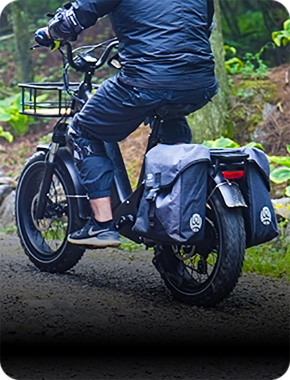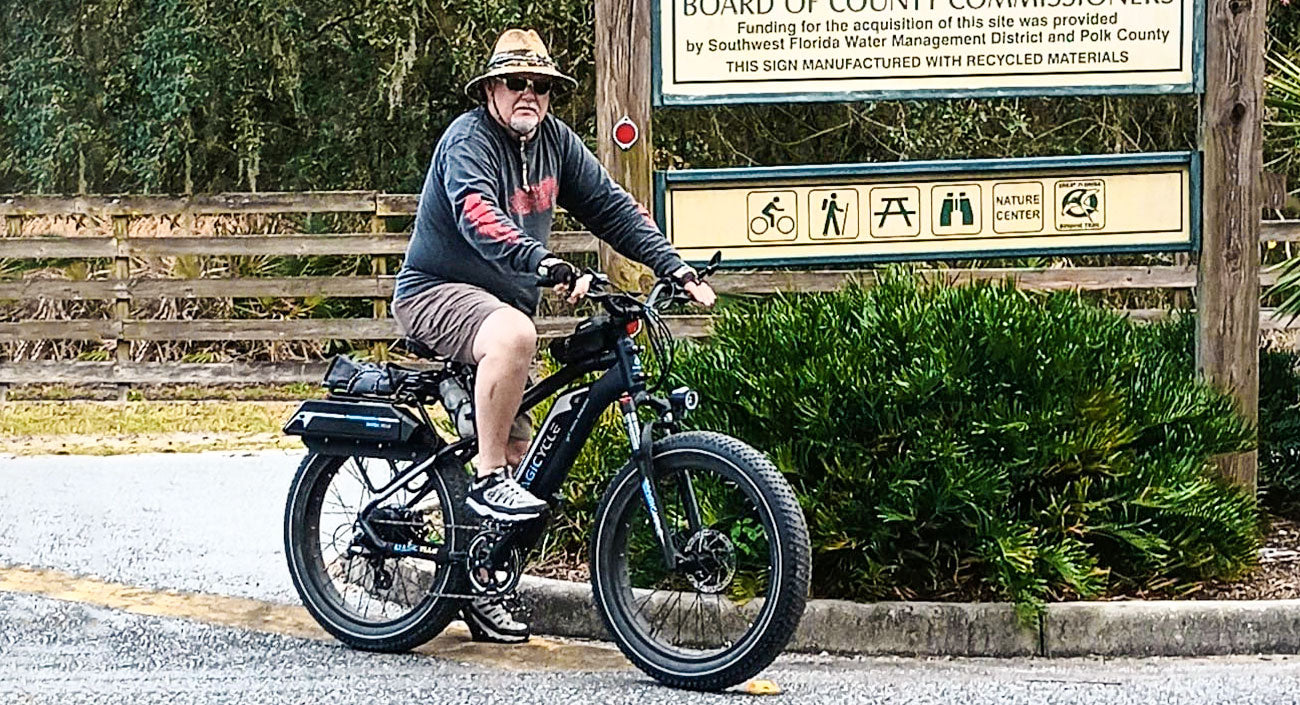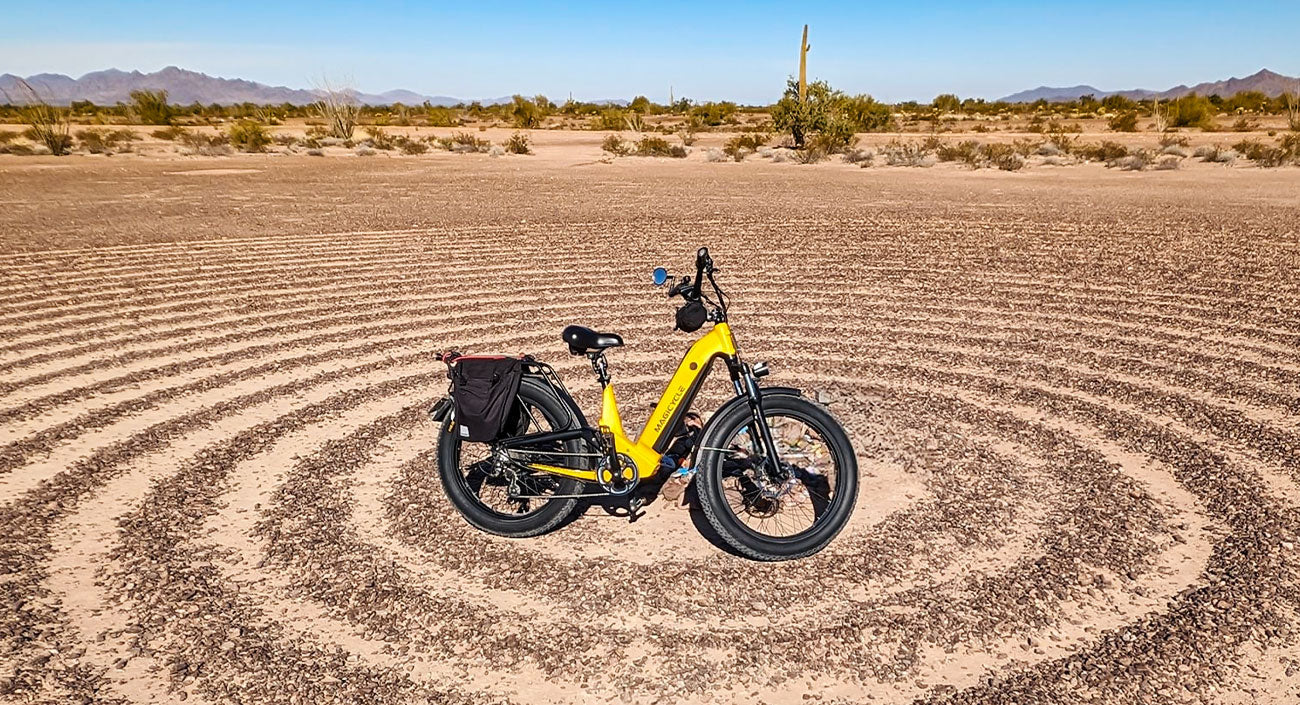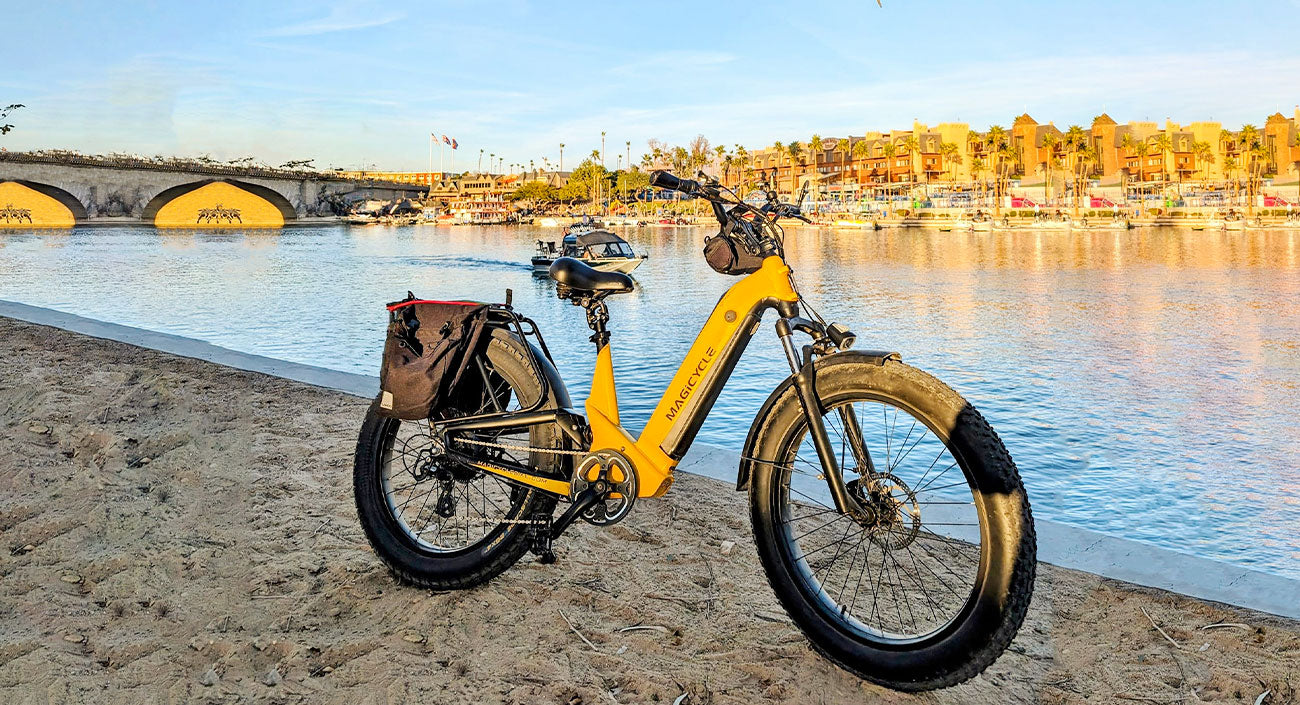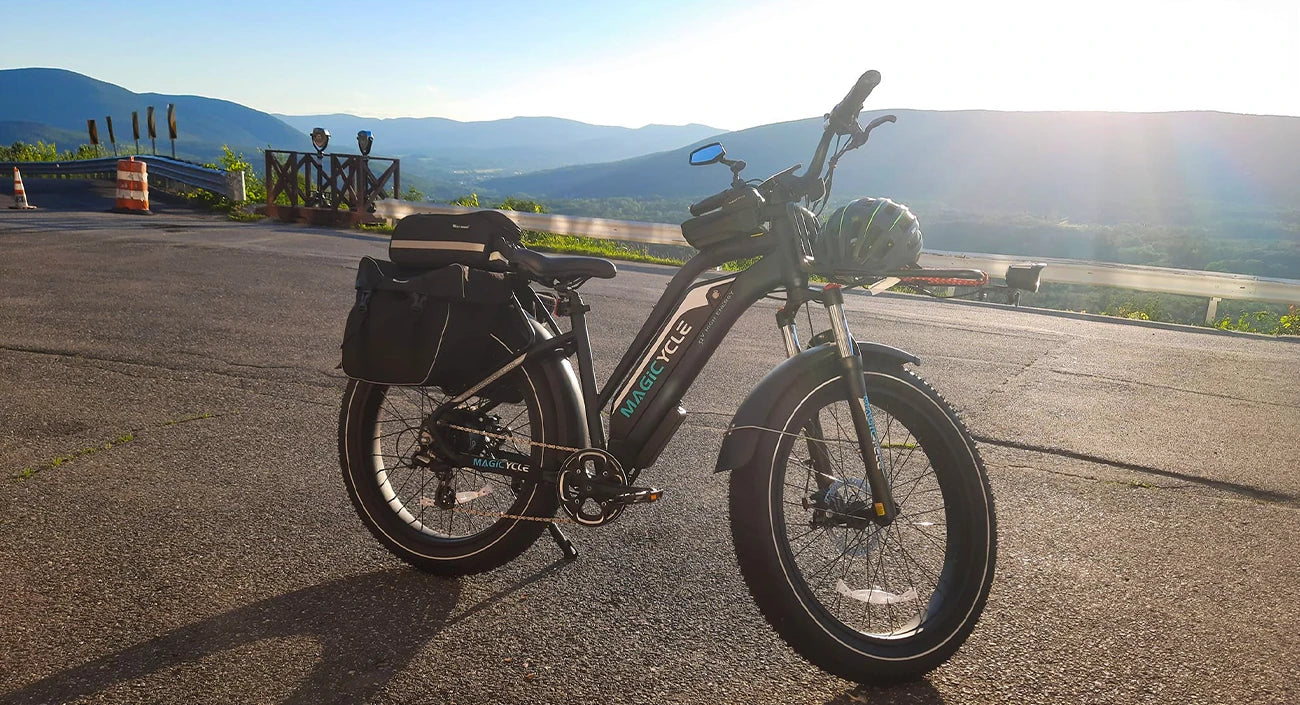 July 26,2024
July 26,2024
 July 26,2024
July 26,2024
Introduction
Ebikes are a hit for those looking to zip around town with a little electric help alongside their pedaling. But even if they feel like they can go faster, there's a reason why Ebikes usually don't go over 20 miles per hour. This might seem like a buzzkill to your speedy adventures, but there's more to this speed cap than meets the eye. Through this article, we'll talk about the reasons behind this limit, touching on safety, legal stuff, how Ebikes are made, and even how fast you zip around affects the air you breathe. So, if you've ever wondered why your Ebike seems to hit an invisible speed bump, read more.
Staying Safe on Ebikes
The thrill of the ride isn't worth much if it's not safe, and that's a big reason your Ebike tops out at 20 mph.
The Risks Behind the Rush
At higher speeds, things can go wrong quickly. Imagine having less time to react if someone steps out onto the road or if a car suddenly pulls out. At 20 mph, you've got a fighting chance to stop in time or swerve safely. Push past that limit, and your reaction time shrinks while your stopping distance gets longer – it's a recipe for trouble that could lead to serious injuries or worse.
New Riders, New Risks
Ebikes open up cycling to lots of new riders, which is fantastic. But hopping on an Ebike doesn't instantly give you the reflexes of a Tour de France racer. It takes time to learn how to handle a bike at high speeds, especially in unpredictable city traffic. So, this 20 mph cap helps keep things within a newbie's comfort zone, making sure that everyone, regardless of experience, can enjoy the ride without unnecessary risks.
A Smooth Ride for All
It's for keeping everyone on the road safe. Pedestrians, pets, and other cyclists share the space too. If every Ebike was zooming around super fast, it could be pretty chaotic – and dangerous. Sticking to a breezy but controlled 20 mph helps ensure that everyone gets where they're going without any unwanted bumps along the way.
Mechanics of Ebike Speed
Understanding why your Ebike sticks to 20 mph involves a peek under the hood - or, in this case, a glance at the motor and battery.
Pedal
Ebikes are equipped with electric motors designed to complement your pedaling, not replace it entirely. These motors have sweet spots - speeds where they operate best in terms of efficiency and power use. Pushing the motor past 20 mph means it has to work harder, which can lead to overheating and wear out your motor quicker than you'd like.
Battery Life
Think of your e-bike's battery life like a tank of gas. The faster you go, the more "gas" you burn. Sticking to 20 mph is kind of like driving at an optimal speed for fuel economy; it helps ensure you can get where you're going without running out of juice halfway. Plus, constantly draining your battery quickly by speeding up decreases its overall lifespan, meaning you'll be looking for a replacement sooner rather than later.
Durability Over Dash
Ebikes are built for endurance, not drag racing. Manufacturers know that riders want a reliable daily companion, not something that'll wear out after a few high-speed sprints. Tires, brakes, chains - all the parts of an Ebike are designed to last longer and perform better when ridden at moderate speeds. By keeping the cap at 20 mph, manufacturers ensure that you spend more time riding and less time (and money) on maintenance.

Conserving Nature with Controlled Ebike Speeds
When we choose Ebikes over gas-guzzling vehicles, we're often thinking about doing our bit for the planet. But did you know that cruising at 20 mph isn't just safer; it's also greener?
The Green Sweet Spot
Ebikes draw their power from batteries, and these batteries need electricity – which ultimately comes from our energy grids. By maintaining a moderate speed of 20 mph, Ebikes use energy more efficiently, which means less strain on our power plants and a smaller carbon footprint for each ride. It's like turning off a light when leaving a room; it's a small act, but if everyone does it, the positive impact adds up.
Energy Consumption and Efficiency
Higher speeds require exponentially more power. Like a car that uses more fuel the faster it goes, an Ebike will drain its battery much quicker as speeds increase beyond 20 mph. This doesn't just mean more frequent charges; it translates to higher demand for electricity and, consequently, more emissions unless your power is coming from entirely renewable sources.
A Synergy with Sustainable Living
The trend towards sustainable living isn't just about what we consume but how we use it. By adhering to the 20 mph limit, Ebike riders become part of a culture that prioritizes long-term ecological balance over short-term thrills. It's about making choices that protect our environment today and preserve it for future generations.
The Joy of the Ebike Experience
What does a 20 mph speed limit have to do with the joy of riding?
Control for Comfortable Riding
At a steady 20 mph, you'll find that your Ebike is easier to handle and navigate, especially in areas crowded with pedestrians and other cyclists. This control is key to a stress-free ride, where you can take in the sights and sounds without the anxiety that comes with dodging obstacles at high speeds. It allows you to feel the freedom of cycling with the confidence that you're in full command of your ride.
Bringing Balance to Bike Paths
Ebikes sharing paths with traditional bikes need to maintain a harmonious flow. Imagine the disruption if Ebikes were zooming by at 30 mph or more! Keeping Ebikes at a similar pace to regular bikes ensures everyone can use bike lanes and trails safely, making for a friendlier and more inclusive environment for all types of riders.
The Sweet Spot Between Exercise and Ease
One of the great things about Ebikes is how it opens up cycling to more people, including those who might find traditional biking too strenuous. The 20 mph cap encourages riders to pedal along, providing just enough assistance to make the ride enjoyable but still ensuring a good amount of physical exertion. It strikes the perfect balance between getting a workout and arriving at your destination without being drenched in sweat.
Ebikes and Infrastructure
Ebikes have to fit into the wider world of roads, bike lanes, and traffic laws. This means considering how these electrified two-wheelers interact with the infrastructure around them.
Keeping Pace with City Planning
Urban spaces are designed with traditional bicycles in mind, which usually cruise comfortably at around 10-15 mph. With Ebikes capped at 20 mph, they can integrate smoothly into this existing framework without necessitating major changes that could be costly and disruptive. This speed synchronization ensures that Ebikes can coexist with other modes of transport, from pedestrians walking to cars driving, without causing undue tension or danger.
The Cost of Speed on Roads
If Ebikes were regularly traveling at higher speeds, cities might need to rethink their road designs. This could involve creating separate lanes for faster Ebikes, which would be a significant urban planning challenge and financial investment. By keeping Ebike speeds aligned with conventional bikes, we avoid these complications and expenses, allowing municipalities to focus resources on improving current infrastructure for all riders.
Traffic Flow and Safety
It's not just about the physical layout of the streets; it's also about the flow of traffic. Faster Ebikes could potentially disrupt the rhythm of traffic, leading to increased risks for both cyclists and motorists. Limiting Ebikes to 20 mph helps maintain an even tempo on the roads, reducing the likelihood of accidents caused by differing speeds and ensuring a safer commute for everyone involved.
The Wise Whys of E-bike Speed Limits
The 20 mph speed limit on e-bikes is more than a regulatory whim; it's a reflection of a collective commitment to safety, sustainability, and sensible use of technology. This prudent cap safeguards new and seasoned riders alike while preserving the integrity of our urban infrastructures and contributing to environmental conservation. By embracing this restriction, we enable a harmonious coexistence on our streets and paths, extend the life of the e-bikes themselves, and partake in a movement that values ecological balance over haste.
Whether for the joy of riding, the benefits of exercise, or the love of our planet, the 20 mph speed limit stands as the sweet spot where responsible riding meets the future of urban transit.
Read More
- Meet Magicycle at the Electrify Expo 2023 in Long Beach - Magicycle Bike
- Best Electric Bike under $2000 that You can't Stop Riding - Magicycle Bike
- Best Budget Electric Cruiser Bike in 2023 - Magicycle Bike
- Tired of Osteoarthritis? You Need Magicycle Fat Tire Electric Bike! - Magicycle Bike
- Can an Electric Bike Replace a Car? - Magicycle Bike


















































